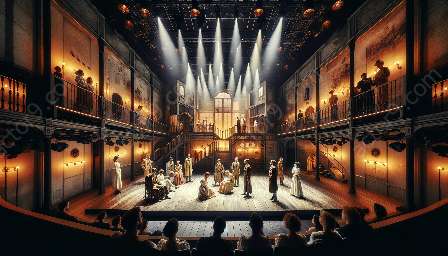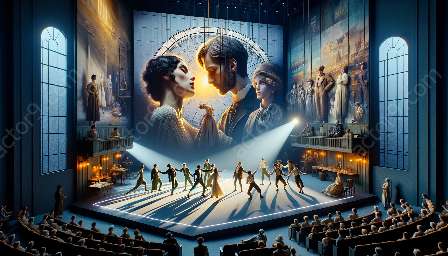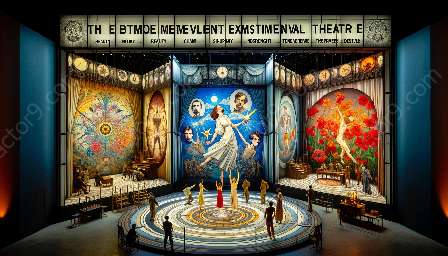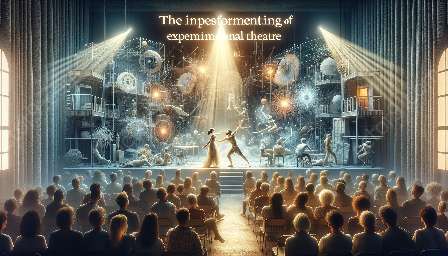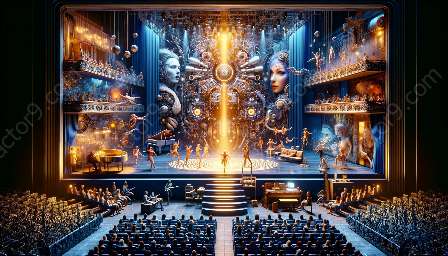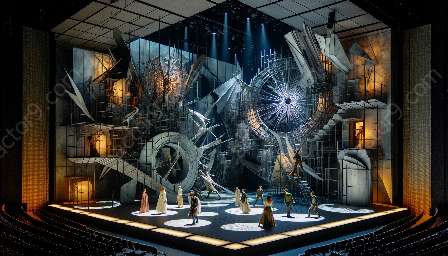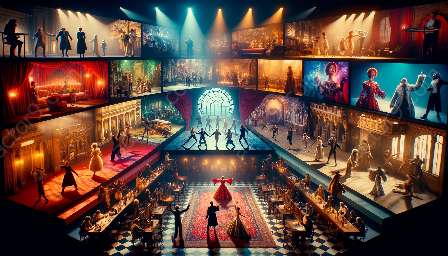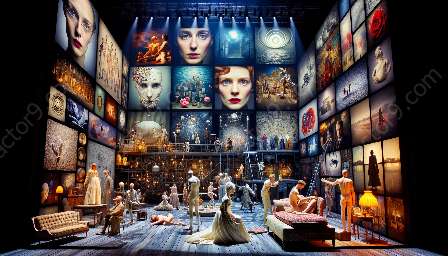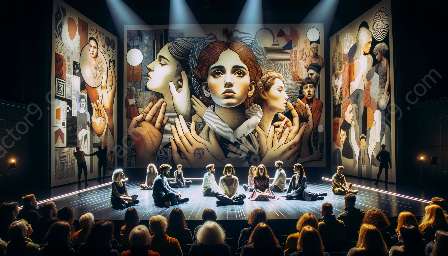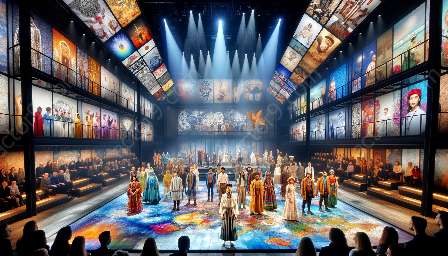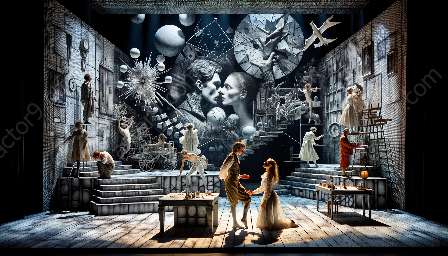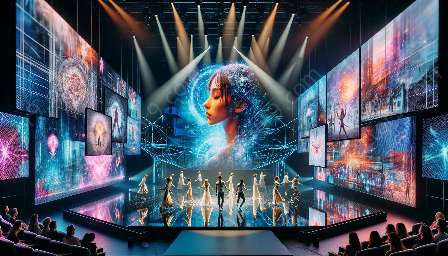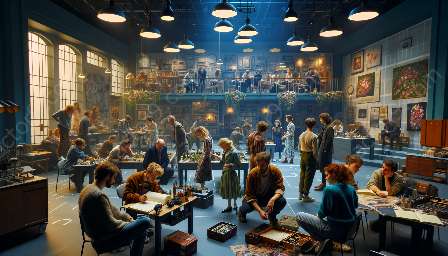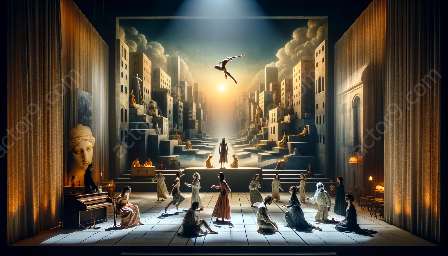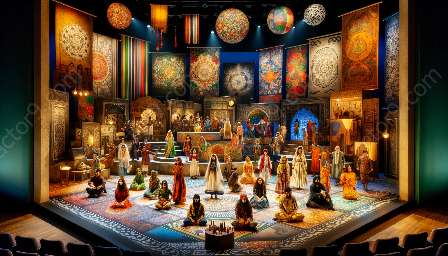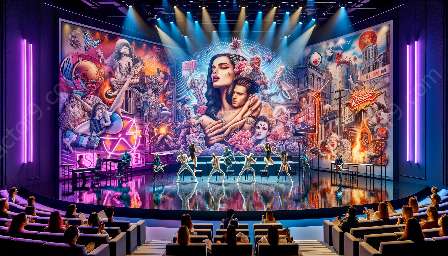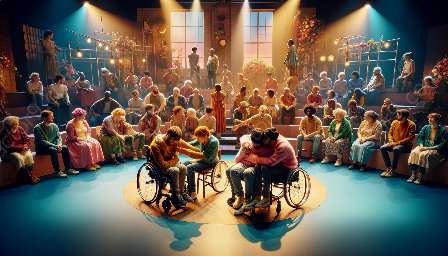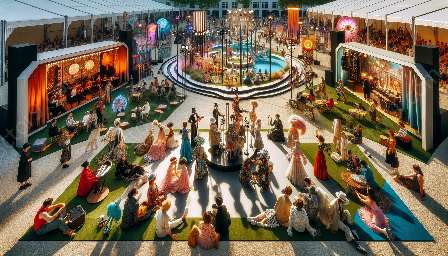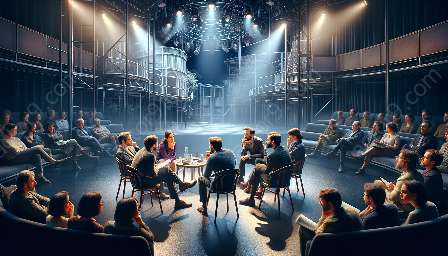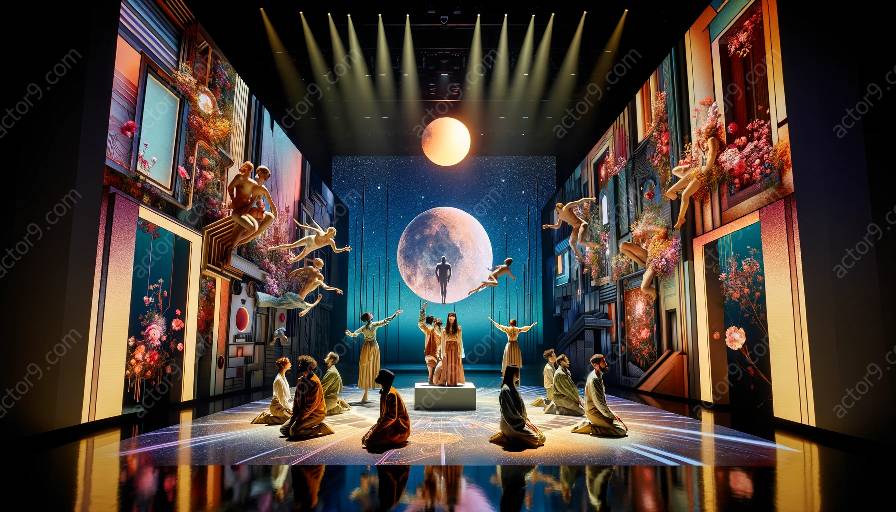Virtual reality (VR) has emerged as a groundbreaking technology with the potential to revolutionize the way we experience and engage with art, entertainment, and storytelling. This technological innovation has naturally found its way into the realm of contemporary experimental theatre, where it intersects with the avant-garde and pushes the boundaries of traditional performance art.
When examining the intersection of virtual reality with contemporary experimental theatre trends, it becomes evident that the two are inherently linked by their shared objectives of engaging audiences in immersive, thought-provoking experiences. This intersection presents an exciting opportunity to explore new forms of creative expression and to challenge the conventional notions of theatrical storytelling.
VR Enhancing Theatrical Experiences
One of the most compelling aspects of virtual reality in relation to contemporary experimental theatre is its ability to transport audiences to alternate realities and create interactive, multi-sensory environments. VR technology offers a new dimension for theatrical creators to craft narrative experiences that can defy the constraints of physical space and time.
Experimental theatre, known for its inclination towards unconventional performance techniques and immersive staging, seamlessly aligns with the capabilities of VR. By integrating VR into theatrical productions, creators can break free from the limitations of traditional sets and explore boundless creative possibilities, enriching the audience's engagement with the narrative.
Breaking Boundaries and Challenging Conventions
At the intersection of VR and experimental theatre, the emphasis shifts towards breaking boundaries and challenging conventions. This integration enables artists to experiment with non-linear storytelling, interactive narratives, and participatory experiences that prompt audiences to actively shape the course of the performance.
VR's ability to offer personalized and adaptive storytelling experiences aligns with the ethos of experimental theatre, where the boundaries between performer and spectator are often blurred. The merging of VR and theatrical experimentation encourages a dynamic exchange between the audience and the performance, fostering a sense of co-creation that transcends the traditional boundaries of spectatorship.
Immersive Storytelling and Empathy Building
Contemporary experimental theatre is increasingly focused on creating empathetic connections and immersive storytelling experiences that resonate on a deeply personal level. VR's potential to engender empathy and transport audiences into the subjective perspectives of characters aligns with the objectives of experimental theatre in forging emotional and psychological connections.
By leveraging VR technology, experimental theatre can present narratives that invite audiences to inhabit the emotional landscapes of the characters and experience events from diverse vantage points. This intersection facilitates the creation of intimate, emotionally resonant performances that resonate with audiences long after the curtains fall.
Pushing the Boundaries of Perception and Reality
Both contemporary experimental theatre and virtual reality share a common goal of challenging perceptions and redefining reality. The immersive nature of VR allows experimental theatre creators to juxtapose alternative realities with the everyday, provoking audiences to question their preconceived notions of truth and illusion.
Through the integration of VR, experimental theatre has the potential to deconstruct familiar narratives and reconstruct them in ways that disrupt conventional storytelling paradigms. This disruptive reimagining of reality prompts introspection and encourages audiences to contemplate the fluid boundaries between the actual and the imagined.
Conclusion
The intersection of virtual reality with contemporary experimental theatre trends represents an avant-garde convergence that propels the boundaries of storytelling and audience engagement. As VR continues to evolve, it offers experimental theatre a dynamic canvas on which to experiment with narrative structures, immersive experiences, and participatory performance art. This intersection is not just a collision of technologies, but a symbiotic relationship that enriches the artistic landscape, redefining the possibilities of theatrical expression.

